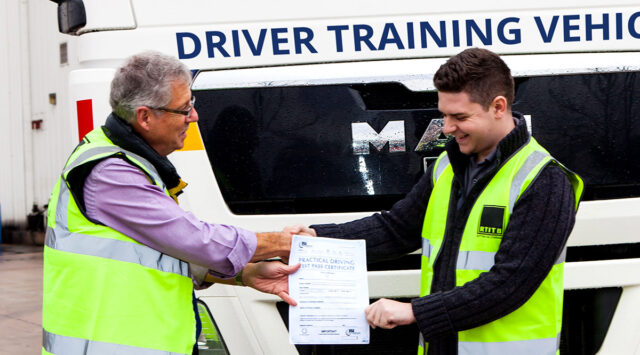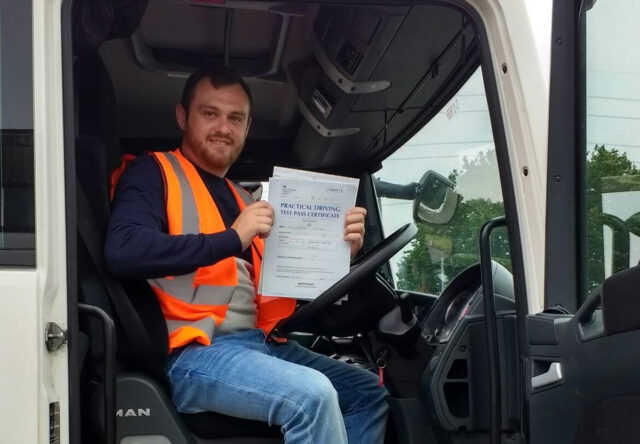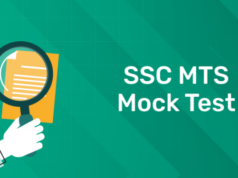Congratulations on your decision to pursue a career as an HGV driver! It’s understandable that you may be overwhelmed with the various options and choices available when it comes to obtaining your HGV qualification. However, with some guidance, the process can become more manageable.
Today, we will guide you through the process of HGV training, helping you understand the steps involved and preparing you to begin your journey.In order to ensure clarity, this article will be focused on the Cat C licence, which is the most common category. However, the process for other licence categories is similar, with some minor variations in the details.
The Preliminary Bits

Before proceeding with any other tasks, it is essential to engage in some preparatory work, not least to find HGV training you are happy with. The initial step is to determine whether you require an additional qualification to obtain your provisional training licence. If you fall within the age range of 18 to 21 or have aspirations of driving professionally, you must successfully complete an Initial Driver CPC qualification as a prerequisite. The CPC comprises four modules, with modules 1 and 3 focusing on acquiring the licence entitlement, while modules 2 and 4 pertain to obtaining the professional driver qualification. Both drivers aged 18-21 and those engaged in professional driving are required to complete all four modules as part of their training process. In contrast, individuals aged 18 and above who solely wish to obtain their licence for personal use when driving an HGV would only need to complete modules 1 and 3.
In addition to the aforementioned complexities, it will be necessary for you to complete the application form for a provisional licence, which includes a health section. This entails scheduling a medical examination to ensure your fitness to drive, and bringing along DVLA Form D4 to be authenticated by the doctor. Once these steps are completed, you simply need to fill out Form D2 (as the DVLA is notorious for their extensive paperwork) and submit both Form D2 and D4 to the DVLA in Swansea. Typically, this process takes approximately 10-14 days, providing you with an opportune time to study the theory required for Modules 1 and 2 of your Cat C licence.
Module 1

In the initial stage of acquiring a licence, Module 1 primarily focuses on hazard perception and theory. It is important to note that You can only schedule these tests after receiving your provisional licence. Therefore, it is advisable to refresh your knowledge in these areas while waiting. Additionally, your instructor will guide you through training sessions and practice tests to ensure that you are well-prepared for the examinations.
In the theory section, you will encounter 100 questions that pertain to driving HGVs, safety measures, and general knowledge about HGVs. You will be given a total of 1 hour and 45 minutes to fully complete the theory test. In order to pass, it is required to achieve a score of 85 or above.
The hazard perception test consists of 20 video clips and is designed to function similarly to the regular car hazard perception test. As you watch these clips, your task is to identify and recognize the hazards as they arise. In order to pass the test, you must achieve a score of at least 67 out of 100.
Module 2
Module 2 is often classified as part of the ‘theory’ portion of the training since it encompasses another theoretical aspect. However, there is a distinction between Module 1, which is a component of the fundamental Driver CPC, and Module 2, which is necessary for individuals seeking to drive professionally. This segment of the course involves the examination of seven case studies, comprising video, audio, text, or diagrams. Subsequently, participants will be presented with 6-8 questions pertaining to each case study, to which they simply need to provide accurate responses.
Module 3

Now that we’ve covered the theoretical aspects, it’s time for you to put your knowledge into practice by taking the wheel and engaging in actual driving! This section is designed to assess your proficiency in safely operating an HGV. The format of The test will vary depending on factors such as location, duration, and specific requirements.
The test itself usually lasts approximately 90 minutes and involves demonstrating your abilities in various scenarios, including reversing exercises and navigating different road types. This practical component is the focal point of your training, as it is considered the most critical aspect of obtaining the qualification.
Module 4
Module 4 represents the final stage of the CPC qualification and the licence as a whole. Unlike a driving test, it is referred to as a ‘practical assessment of knowledge’. The main objective of this module is to showcase your understanding and application of specific vehicle-related topics, such as daily inspections, safety protocols, and load restraints.
Merely discussing these tasks is insufficient; it is important to demonstrate your practical skills as well. To successfully complete module 4, you must achieve an overall score of 80% and a minimum of 75% in each individual section.
You’re Qualified!

Congratulations! You have successfully completed your HGV driver qualification, which makes you eligible to pursue a career in this field. The next step is to secure employment using your newly acquired skills.
Fortunately, there are specialised HGV training schools that not only offer training but also assist in finding job opportunities and managing the recruitment process. These schools often have established connections with leading haulage companies in the UK, which can increase your chances of getting hired directly after completing your training.









